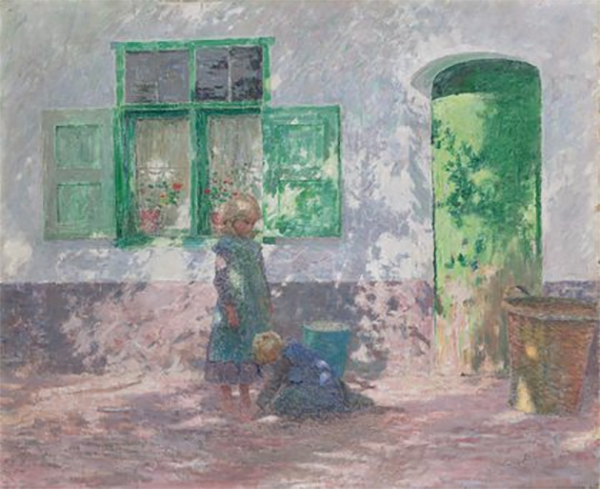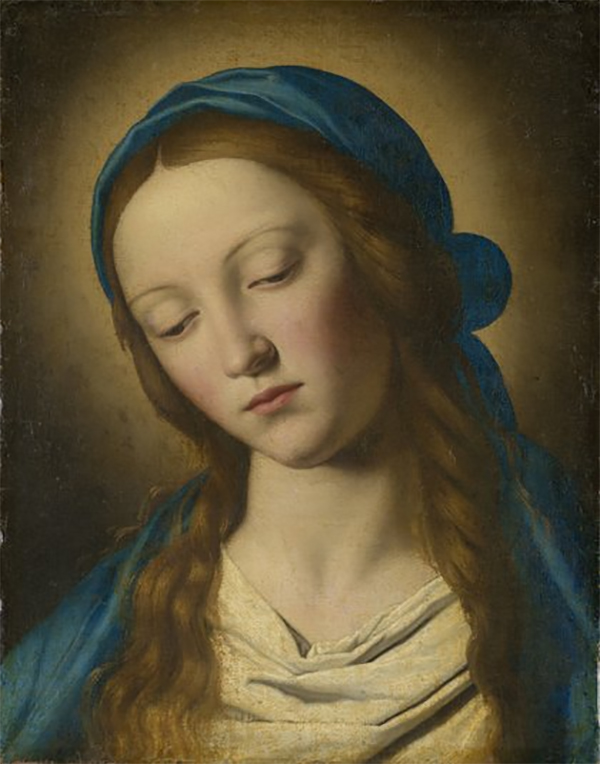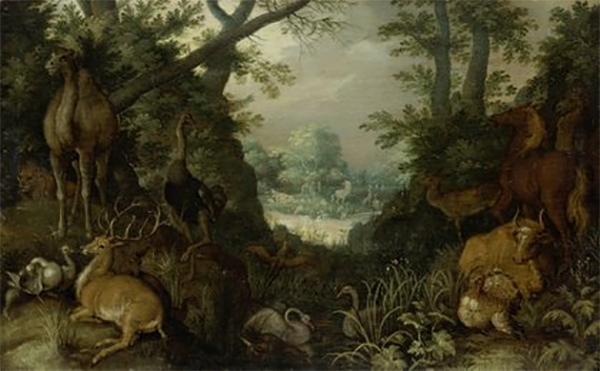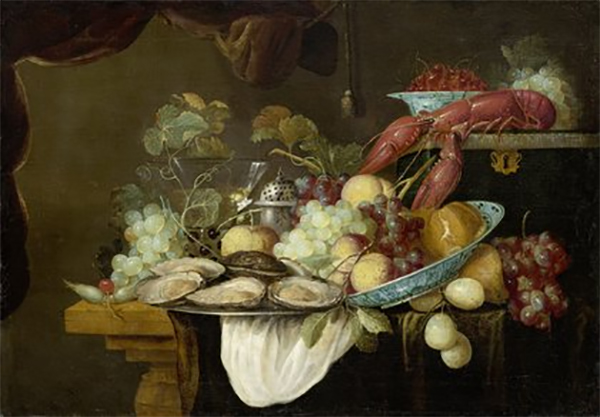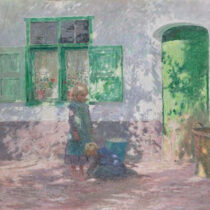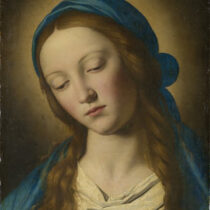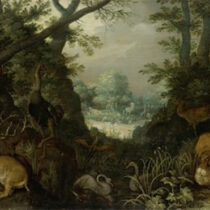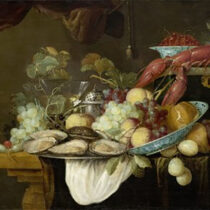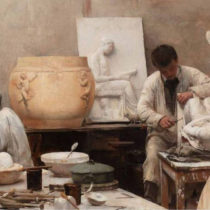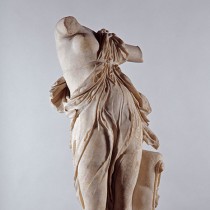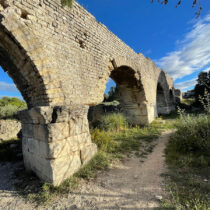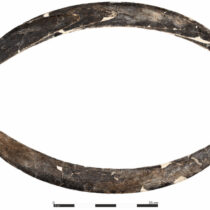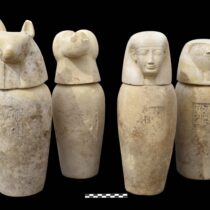The Berlin Gemäldegalerie is presenting 60 works by European painters from the 16th to 19th centuries from the Odesa Museum of Western and Eastern Art. The paintings are among the highlights of the collection and were taken to safety prior to the hostilities in the southern Ukrainian port city of Odesa (based on Ukrainian spelling). In the exhibition, they will enter into a dialogue with paintings from the Berlin collections. The German-Ukrainian cooperation project is funded by the Federal Government Commissioner for Culture and the Media and is an expression of the close cultural ties between Germany and Ukraine.
The Odesa Museum of Western and Eastern Art Founded in 1923 and opened in 1924, the Odesa Museum of Western and Eastern Art is located in the centre of the endangered historic old town of the southern Ukrainian port city of Odesa. It houses an extensive
art- and cultural-historical collection. European paintings, sculptures, prints and applied art from the Renaissance to the 20th century form a major focus.
A German-Ukrainian Cooperation Project
Shortly after the start of the Russian war of aggression on 24 February 2022, the most important paintings in the Odesa museum were moved to an emergency storage facility in Ukraine for their protection. These are works by European painters from the 15th to the 20th centuries, including paintings by major artists such as Andreas Achenbach, Francesco Granacci, Frans Hals, Cornelis de Heem, Roelant Savery, Bernardo Strozzi,
Alessandro Magnasco and Frits Thaulow. Given the close links with the painting collections of the Staatliche Museen zu Berlin, the Odesa Museum, the Berlin Gemäldegalerie and the Alte Nationalgalerie initiated a cooperation project with the aim of organising a major special exhibition.
In September 2023, 74 works were brought from Ukraine to Berlin. They were treated by two conservators at the Gemäldegalerie to prepare them for the exhibition. As most of the paintings had been evacuated from Ukraine without frames, they were given specially made new frames in Berlin. Two Evangelists by Frans Hals arrived in Berlin in May 2024. They had been on loan to Vilnius at the beginning of the war and became part of the Frans Hals exhibition at the Gemäldegalerie.
The Exhibition
The special exhibition in the central exhibition hall of the Gemäldegalerie brings together 60 major works from the museum in Odesa in an exciting dialogue with 25 works from Berlin’s painting collections. Many of the paintings from Odesa were created by masters who were also collected in Berlin, while others are linked to works from Berlin by their subject matter. The focused juxtapositions create surprising ‘encounters’ that provide revealing insights into art- and cultural-historical contexts. Last but not least, the show tells the story of Ukraine’s cultural identity.
Facets of Art History
Divided into nine chapters, the exhibition begins with an introduction to the project and its historical context. The following chapters, based on the genres of European painting, reflect the multifaceted nature of the Ukrainian collection, which has hitherto been little known in Western Europe. Never before has such a large number of paintings from the Odesa museum been presented in Germany. The collection focuses on Italian works from the 17th and 18th centuries and Dutch paintings from the 17th century. Highlights include Francesco Granacci’s graceful Renaissance Madonna, Bernardo Strozzi’s impressive Ecce Homo, Roelant Savery’s miniature depiction of Paradise, Cornelis de Heem’s colourful Still Life with Lobsters and Emile Claus’s impressionistic Sunny Day. They are accompanied by works by these artists from the Gemäldegalerie and the Alte Nationalgalerie. Berlin paintings by artists such as Abraham Bloemaert, Jan Fyt, Anton Graff, Gabriel von Max, Marco Ricci and Joachim Wtewael will also be on show as dialogue partners with works from Odesa.
Solidarity with Ukraine
The exhibition will present works from the Odesa Museum of Western and Eastern Art to a wide audience and highlight Ukraine’s links with Western Europe. The cooperation project emphasises that the acutely endangered museums in Ukraine and their collections are as much part of European culture as they are part of Ukrainian identity. This cultural identity must be preserved. The exhibition aims to send a message of solidarity with
Ukraine; Ukrainians can enter the exhibition free of charge on presentation of a passport or ID card. Ukrainian names such as ‘Odesa’ are spelled in the exhibition and in the catalogue according to the Ukrainian spelling. All texts in the exhibition and catalogue are published in Ukrainian as well as English and German.
Publication
The exhibition is accompanied by a richly illustrated catalogue in German, Ukrainian and English: 244 pages, 139 illustrations, 22 x 28 cm, gatefold brochure, ISBN 978-3-7774-4514-4, price bookshop edition: € 39.90 (Germany), € 41.10 (Austria).
Curatorial Team
“From Odesa to Berlin. European Painting of the 16th to 19th Century” is curated by Sabine Lata, project coordinator at the Gemäldegalerie, and Dagmar Hirschfelder, director of the Gemäldegalerie. The project is supervised conservationally by Anja Lindner-Michael and Thuja Seidel.
